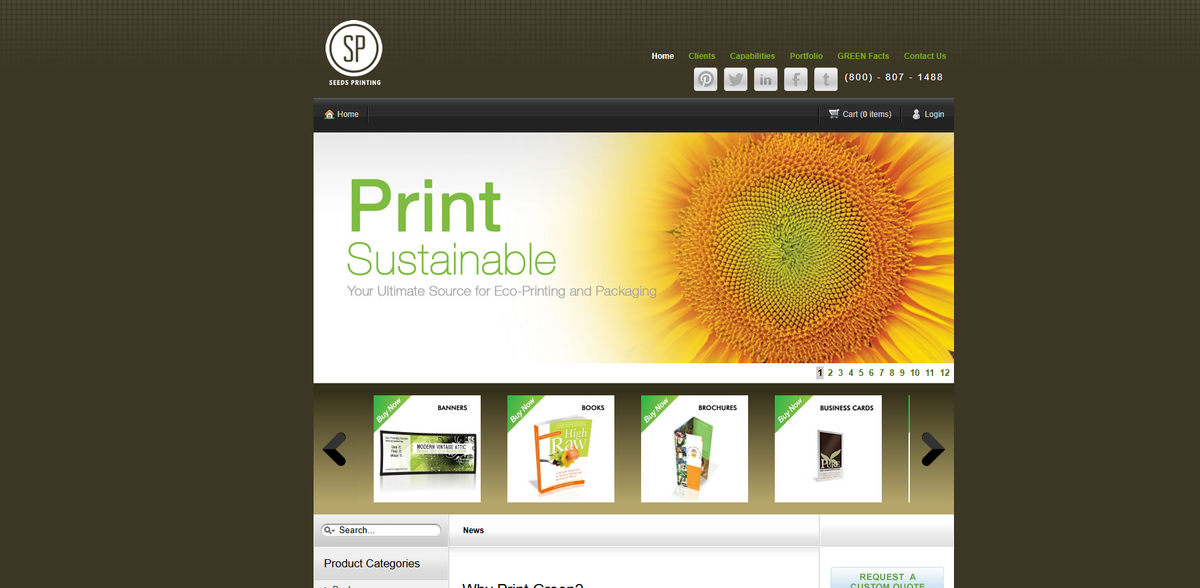What is Seeds Green Printing?
Seeds Green Printing is a vibrant initiative designed to promote eco-friendly printing, preserve forests, and nurture a healthier environment. The project emphasizes the use of environmental alternatives for everything printed. By choosing green printing methods, it tackles major problems such as deforestation, high energy consumption, and water waste—fewer chemicals, fewer greenhouse gases, and a reduced impact on toxic pollutants make a noticeable difference. This project champions sustainability in every print job, celebrating a forward-thinking approach that values nature and its resources… while keeping an eye on practical solutions in a competitive market.
Key Benefits of Green Printing
Green printing delivers several significant benefits that help protect forests and improve environmental quality. Consider the following key points that bring these advantages to light:
- A forest area the size of 20 football fields is lost every minute to paper production. (envirofacts.com)
- The Environmental Defense Fund estimates that 90 percent of the printing and writing paper in the United States is produced from virgin wood pulp. Producing 2,000 pounds (one ton) of virgin uncoated paper requires 6,000 pounds of wood.
- Producing a ton of paper using 100% post-consumer copy paper rather than virgin pulp saves the equivalent of 24 trees (forty feet in height and 6-8 inches in diameter). (conservatree.org)
- 42% of all the wood harvested for industrial purposes in the world goes to making paper. (woodwise.org)
- The magazine industry harvests more than 30 million trees every year for paper. That’s more than one tree every second. (woodwise.org)
- More than 70% of the paper in the world is made from wood taken from forests in regions with ecologically valuable, biologically diverse habitat. (woodwise.org)
- Tree plantations are home to about 90% fewer species than the forests that preceded them. (woodwise.org)
Preserving Forests and Habitats
The project highlights green printing’s vital role in the preservation of forests and forest habitats. It explains that eco-friendly printing helps maintain not just the trees but the entire ecosystem that thrives around them. By shifting the focus from conventional to environmentally conscious practices, the initiative protects biodiversity and the natural beauty of our forests. This focus on conservation, using proven facts and statistics, underscores the importance of rethinking the way paper is produced—every step counts and every choice matters.
Reducing Greenhouse Gases and Chemical Use
An equally important aspect of green printing is its ability to reduce the number of toxic chemicals released into the environment and lower greenhouse gas emissions. The printing industry, known as the single largest polluter and the third largest consumer of fossil fuels, finds a sustainable solution in these practices. The pulp and paper industry, for instance, is among the top contributors to greenhouse gas emissions within the OECD nations. Eco-friendly printing methods generate far fewer emissions and help keep harmful chemicals out of the atmosphere. These advantages create a cleaner environment and a healthier future, making green printing a win-win scenario.
Minimizing Water and Waste Consumption
Green printing is not just about reducing chemical pollutants—it also significantly cuts down on water usage and waste production. Conventional paper production is incredibly water-intensive; for example, producing a ton of virgin uncoated paper requires a staggering 19,075 gallons of water. In contrast, using 100% post-consumer copy paper saves approximately 7,000 gallons of water per ton. Additionally, the environmental facts reveal that printers handle trillions of gallons of water, which must then be treated due to its toxicity. Even more striking is the matter of waste: conventional production generates 2,278 pounds of solid waste for every 2,000 pounds of paper produced, proving that traditional methods create more waste than paper itself. Such figures reveal how green printing reduces solid waste and preserves vital water resources.
Project Impact on Sustainable Development Goals
- SDG 12: Responsible Consumption and Production
- SDG 13: Climate Action
- SDG 15: Life on Land
Promoting a Brighter Future with Conscious Printing
There now are beautiful, conscious, competitively priced environmental alternatives for everything printed! The approach taken by Seeds Green Printing is simple yet effective—greening the planet one vibrant, evolved printing project at a time. This initiative not only provides concrete benefits by preserving our forests and reducing energy and water consumption, it also reminds industries and consumers that each decision can contribute to a cleaner, safer, and more sustainable world. By sharing essential facts, such as the impact of using virgin versus post-consumer paper and the environmental cost of conventional printing methods, the initiative cultivates a greater awareness about the need for change. Green printing stands as an inspiring example of how even traditional industries can transform into champions for the environment. The message resonates, inviting everyone to be part of a future where printing is synonymous with responsibility and respect for nature… and where every printed piece tells a story of sustainability.





















